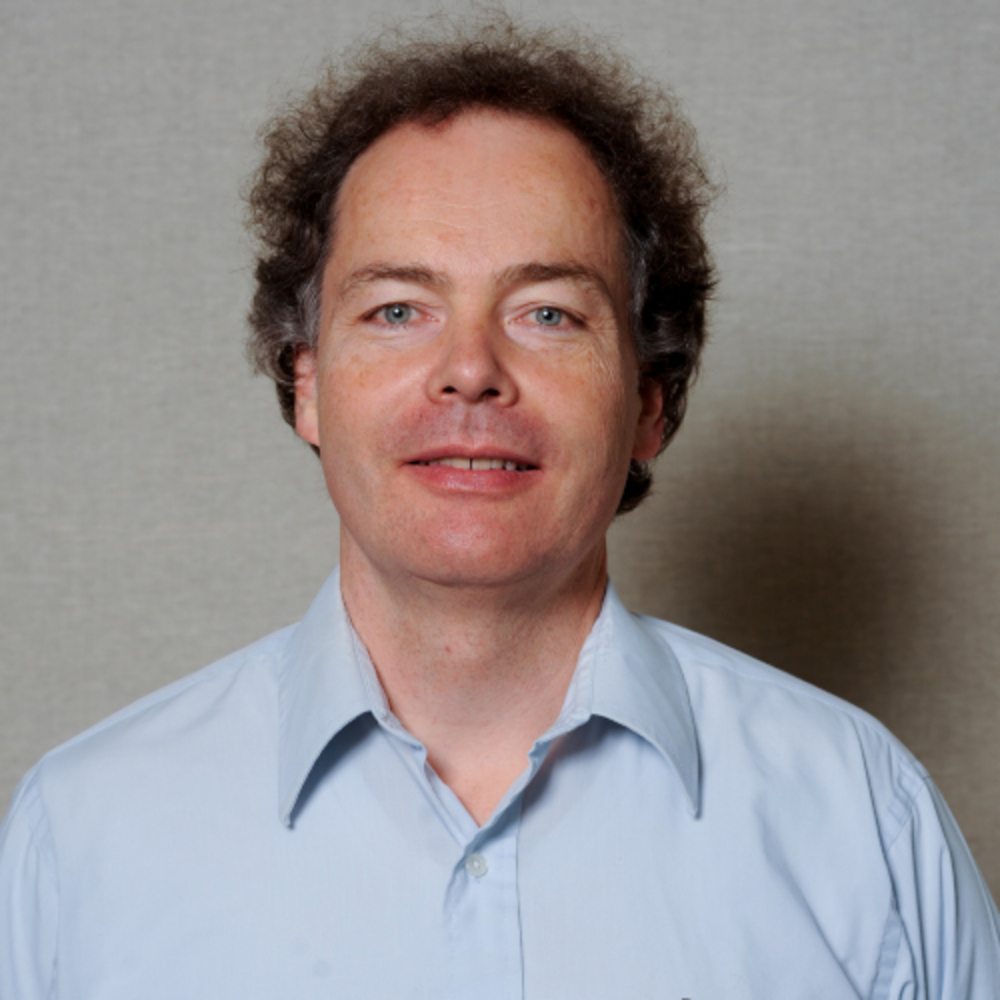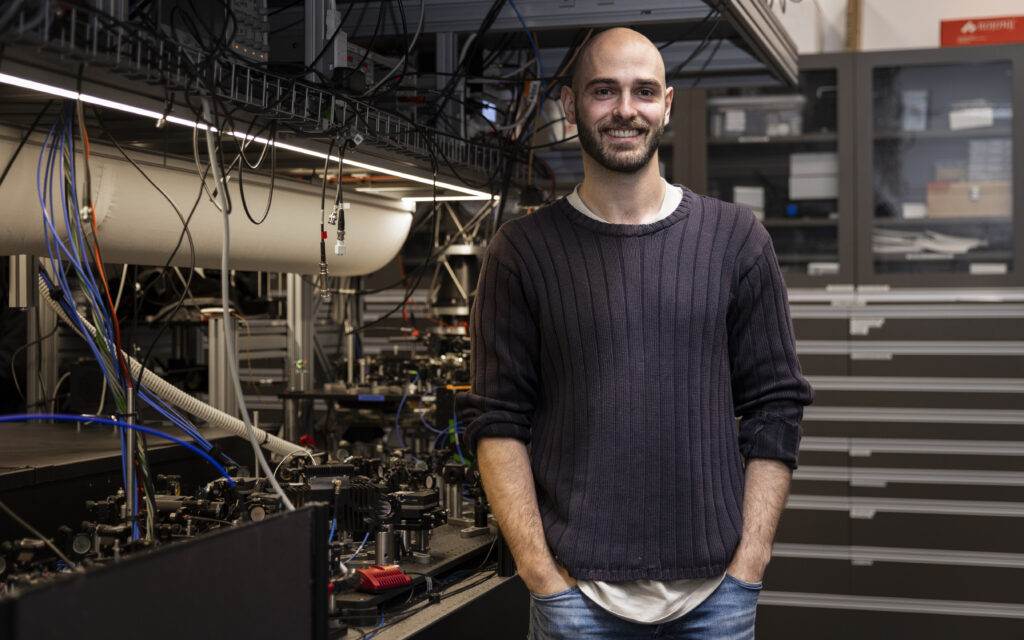Researchers at North Carolina State University investigating deep-time biomolecular preservation have now demonstrated that resonance Raman spectroscopy; when precisely tuned to the right iron-related absorption, can detect endogenous haemoglobin signatures inside dinosaur bone. In our earlier news report, we explored how this approach offers rare molecular-level insight into fossil microenvironments and challenges long-held assumptions about what can survive tens of millions of years.
To expand on these findings, we spoke with the lead researcher behind the study, Prof. Hans Hallen, to understand how resonance Raman was adapted for fossil tissues, the rigorous contamination-control protocols implemented, and the spectral clues that revealed not only the presence of haemoglobin but also the early chemical pathways that shape fossil preservation. The discussion also touches on validation using modern ostrich bone, the role of sediments and mineral interactions in molecular survival, and the prospects of applying this technique to other ancient biomolecules. you can see the research paper this interview was based on here:
Long, B. J. N., Zheng, W., Schweitzer, M., & Hallen, H. D. (2025). Resonance Raman confirms partial haemoglobin preservation in dinosaur remains. Proceedings of the Royal Society A: Mathematical, Physical and Engineering Sciences, 481(2321). https://doi.org/10.1098/rspa.2025.0175
The following interview is presented unedited to preserve the researcher’s original responses and provide an unfiltered view of how resonance Raman imaging can uncover molecular stories hidden within fossilized bone.
Can you explain how resonance Raman spectroscopy was adapted or tuned specifically to detect haemoglobin signatures in fossilized bone, and what wavelength(s) or resonance conditions were most critical?
Resonance Raman always requires tuning to an absorption of the molecules of interest, in our case haemoglobin. We had to be careful since the strong Soret band absorption is also present in haeme without protein attached, and many organisms have bare haeme, so the haemoglobin is needed to show endonogenicity. We therefore use an iron related absorption near our 532 nm laser.
What characteristics of the Raman spectra (e.g. vibrational bands, peak ratios) gave you confidence that the signals originated from haemoglobin, rather than modern contaminants or other organic materials?
The resonance itself indicates that haemoglobin or its remnants are present. Additional confidence arises from the haeme and connector molecule lines, although they are more useful for identifying changes.
What sample preparation and imaging protocols did you employ to ensure that you preserved any original molecules while minimising the risk of introducing contamination during analysis?
We did the preparation in a dedicated lab and did minimal processing to remove the minerals while leaving the organic matter unchanged.
When mapping the fossil cross-sections, how did the spatial distribution of haemoglobin signals correlate with bone microstructure (e.g. vascular canals, secondary osteons), and what does that suggest about the molecule’s preservation?
Once we removed the minerals, we are left with vessel-like structures. We mapped some of these areas, but the hints at mechanisms came from both the changes of the spectra and their relation to the light and dark regions we invariably see along the vessel-like structures.
What control experiments or comparisons; such as modern bone or artificially aged samples, did you conduct to validate the method’s sensitivity and specificity?
We used modern ostrich aged under different conditions as a control. While deoxygenated storage preserved the original, an oxidizing storage showed the beginnings of very similar processes – – all of them, showing that they begin very early in the fossilization process.
From a preservation standpoint, what insights does this finding offer about the mechanisms (e.g. mineral binding, environmental conditions) that enable biomolecular survival over tens of millions of years?
First, the processes start early so ‘you’ need to be in the correct sediment. Probably the bone and sediment both reduce the flow of reactive species to the organic matter. Once there, some regions seem to ‘use up’ the oxygen and hydroxides to form goethite still attached to the Hb! This helps to preserve other parts of the molecule. In regions where oxygen gets in, the carbon double bonds near the outer part of the ring are the most easy to oxidize and we observe the vibrations associated with them go away as expected. I still think it is amazing how long they last.
Looking forward, how might resonance Raman imaging be applied to other fossilized biomolecules (e.g. collagen, melanin), and are there plans to extend this approach to other specimens or museum collections?
The molecule needs an absorption that is very ‘telling’ in that it helps show that the molecules are endogenous, is not commonly found on other molecules so we retain specificity, and enhances a Raman signal that tells us something important. Our excitation wavelength for Hb did all these things. The key is to find other important molecules with such good absorption lines. Collagen is likely to be hard since it is everywhere and doesn’t really have unique bonds. Electron microscopy has been used for it before and seems to do a good job. I should add that it is always best to have a few methods that point to the same conclusions. We also had antibody work in our paper and the related literature has others. We want to continue this work with more types of dinosaurs and sediments along with a more detailed study of such influences in the early stages. The main problem with museum collections are the binders that they use to hold the fossils together. They tend to fluoresce, which gives unwanted background. You really want to know the history of the sample. They may not last long if the sediment was protecting them from reactive atom diffusion.

Hassan graduated with a Master’s degree in Chemical Engineering from the University of Chester (UK). He currently works as a design engineering consultant for one of the largest engineering firms in the world along with being an associate member of the Institute of Chemical Engineers (IChemE).



